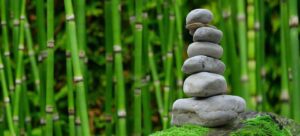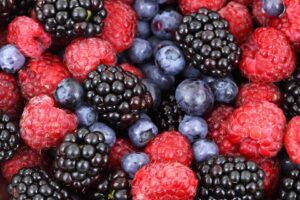Introduction
Pruning is an essential gardening practice that involves cutting away dead or overgrown branches and stems to promote healthy growth and improve the appearance of plants. Proper pruning can help maintain the shape and structure of plants, encourage flowering and fruiting, and prevent disease and pest infestations. In this guide, we will discuss various tips and techniques for successful pruning in your garden.
Benefits of Pruning
Pruning offers several benefits to plants and can help improve the overall health and appearance of your garden. Some of the key benefits of pruning include:
Promoting Healthy Growth
Regular pruning helps promote healthy growth by removing dead or diseased branches, allowing for more sunlight and air circulation to reach the plant. This can result in stronger, more vigorous growth and better overall plant health.
Improving Flowering and Fruiting
Pruning can also help improve flowering and fruiting by removing old or spent flowers and encouraging new growth. This can result in larger, more abundant blooms and a better harvest of fruits or vegetables.
Enhancing Plant Appearance
Proper pruning can help maintain the shape and structure of plants, resulting in a more attractive appearance. By removing overgrown or unruly branches, you can create a more balanced and aesthetically pleasing garden.
Preventing Disease and Pest Infestations
Pruning can help prevent disease and pest infestations by removing infected or infested branches before they spread to the rest of the plant. It can also improve air circulation, reducing the risk of fungal diseases.
Tools for Pruning
Before you start pruning, it is important to have the right tools on hand to ensure a successful and efficient process. Some essential tools for pruning include:
Pruning Shears
Pruning shears are one of the most commonly used tools for pruning. They are ideal for cutting small branches and stems up to 1 inch in diameter with precision and ease.
Loppers
Loppers are larger and more powerful than pruning shears, making them suitable for cutting thicker branches and stems up to 2 inches in diameter. They are ideal for pruning trees and shrubs.
Pruning Saw
A pruning saw is a sharp-toothed saw designed for cutting larger branches and stems that are too thick for pruning shears or loppers. It is essential for pruning larger trees and shrubs.
Protective Gear
When pruning, it is important to wear protective gear such as gloves, safety glasses, and long sleeves to protect yourself from cuts, scratches, and debris.
Pruning Techniques
There are several pruning techniques that you can use to achieve different goals, such as shaping plants, promoting growth, and removing dead or diseased branches. Some common pruning techniques include:
Heading
Heading involves cutting back the tips of branches to promote bushier growth and encourage flowering. This technique is commonly used on shrubs and hedges to maintain their shape and density.
Thinning
Thinning involves selectively removing entire branches or stems to open up the plant’s canopy, improve air circulation, and reduce competition among branches. This technique is often used on trees and shrubs to promote healthy growth.
Deadheading
Deadheading involves removing spent flowers to encourage the plant to produce more blooms and prevent the formation of seeds. This technique is commonly used on flowering plants to promote continuous flowering throughout the season.
Crown Cleaning
Crown cleaning involves removing dead, damaged, or diseased branches from the crown of the plant to improve its overall health and appearance. This technique is essential for maintaining the vitality of trees and shrubs.
When to Prune
The timing of pruning is crucial for the success of the process and the health of the plant. The best time to prune depends on the type of plant and the goals of pruning. Some general guidelines for when to prune include:
Spring
Many flowering shrubs and trees benefit from pruning in early spring before they start actively growing. This allows for new growth to develop and bloom later in the season.
Summer
Summer is a good time to prune spring-flowering shrubs and trees that have finished blooming. It is also a suitable time to prune fruit trees to promote fruiting and shape the canopy.
Fall
Fall is a good time to prune deciduous trees and shrubs after they have shed their leaves. This allows for better visibility of the plant’s structure and promotes healthy growth in the following season.
Winter
Winter is a suitable time to prune dormant trees and shrubs. This is the best time to prune fruit trees to shape the canopy, remove dead wood, and promote fruiting in the coming season.
Conclusion
Pruning is an essential gardening practice that can help maintain the health and appearance of your plants, promote healthy growth, and prevent disease and pest infestations. By following the tips and techniques outlined in this guide, you can achieve beautiful and thriving garden year-round. Remember to use the right tools, employ proper pruning techniques, and prune at the appropriate times to ensure the success of your pruning efforts.



